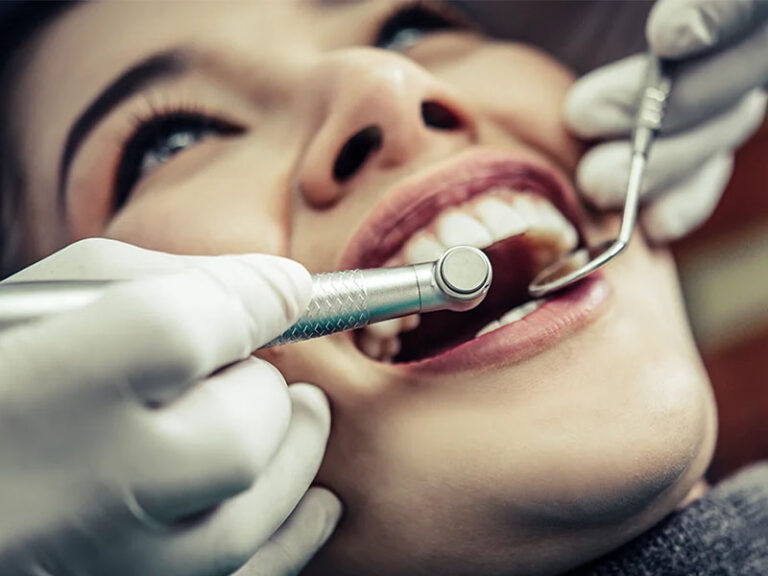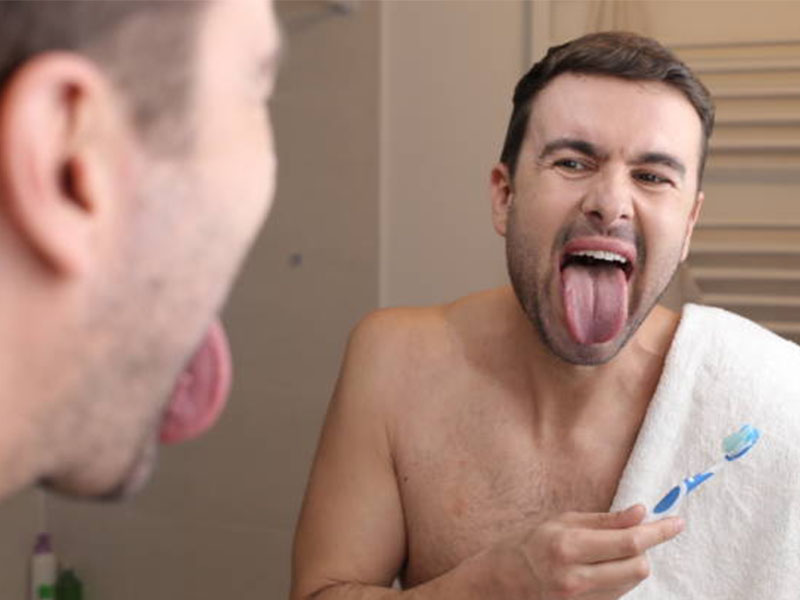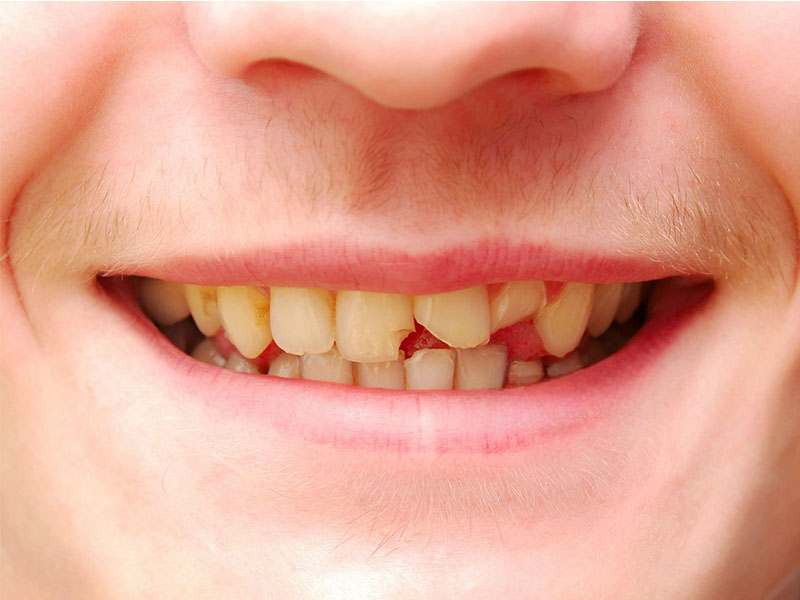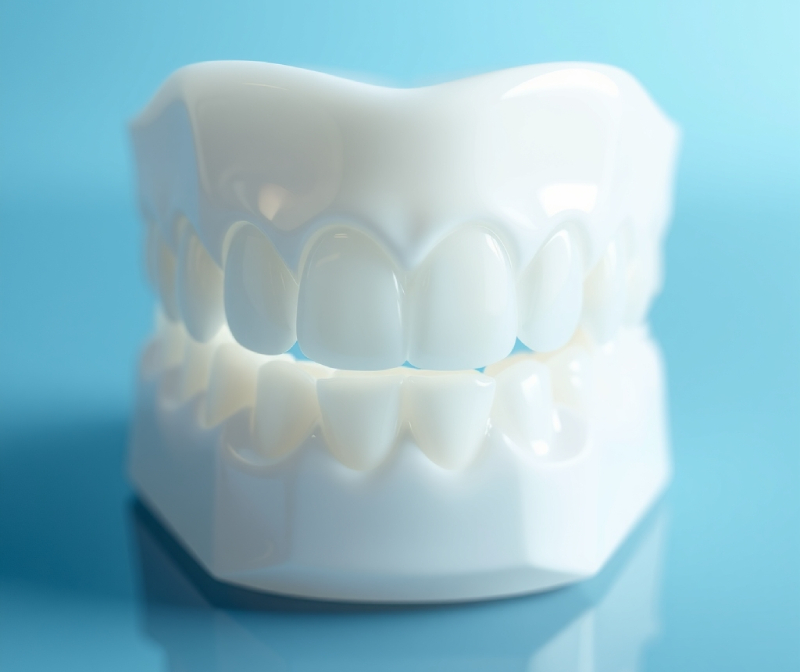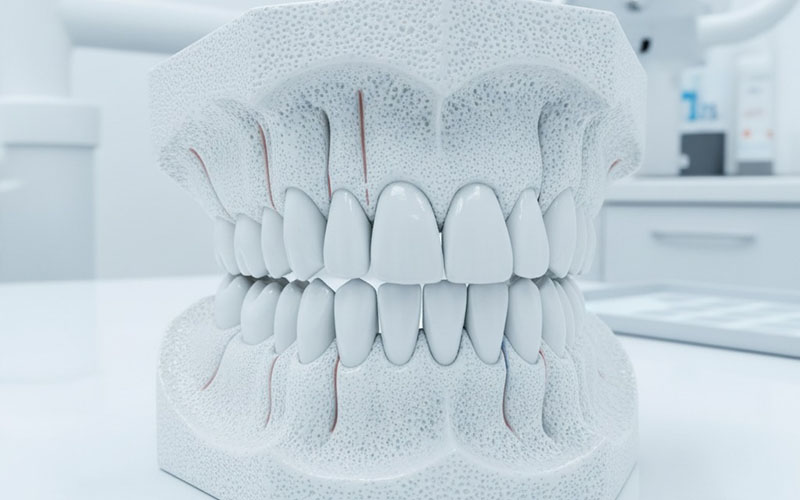
Why Do I Need Dental Bone Grafting? Understanding the Essential Reasons for Jawbone Restoration
That moment your dentist says you might need a “bone graft” can feel scary—or just plain confusing. Do you really need it? What happened to your jawbone? Is this something lots of people go through? If you’re looking for answers, you’re not the only one. Many people end up at the same spot—and it’s normal to want honest, clear info.
In this guide, I’ll explain why dental bone grafting is important, how it works, and what you can expect along the way. Maybe you’re thinking about dental implants, fighting gum disease, or just want to know more about your mouth. Either way, you’ll get easy-to-understand, useful answers right here.
Table of Contents
1. What Is Dental Bone Grafting? Why Might Your Dentist Recommend It?
Let’s jump right in: What exactly is a dental bone graft, and why would you ever need it?
A dental bone graft is when your dentist or oral surgeon adds new bone—or a bone-like material—into your jaw where bone is missing, weak, or not thick enough. The idea is to fill holes, give new tooth roots a good base, and keep the shape of your jaw.
Picture your jawbone as the base of a house. If that base weakens, everything else can start to shift or fall apart. Your teeth need strong bone to hold them steady—like trees need solid ground for their roots. When jawbone disappears—because of lost teeth, gum problems, or an accident—you lose good support for your teeth and dentures, and your mouth health can start to drop fast.
Why Is Healthy Jawbone So Important?
A healthy jawbone:
- Holds your natural teeth in place
- Keeps dental implants strong so they last a long time
- Keeps your face looking full and even (so you don’t look older or “sunken in”)
- Makes chewing, talking, and even smiling easier and more comfortable
But if you lose jawbone, you might notice:
- Teeth moving or feeling loose
- It’s hard to get implants or dentures that fit
- Jaw pain or problems with your bite
- In bad cases, your face shape can change
That’s why bone grafting matters. It helps your mouth build back bone that’s gone missing or not strong enough.
2. Why Might You Need a Dental Bone Graft? Main Reasons Explained
Not everyone needs a bone graft, but if yours brings it up, don’t worry. Plenty of adults get them—especially people who want dental implants or need to fix up their smiles.
Here are the main reasons someone might need bone grafting:
2.1 To Support Dental Implants (The Most Common Reason)
Dental implants are awesome for replacing missing teeth—they look and work almost like the real thing. But there’s a catch: Implants need strong bone to anchor into.
Why does this matter?
- Osseointegration (when the bone grows and sticks to an implant) is super important for success. Too little bone = a wobbly or failed implant.
- Research shows implants placed after a good bone graft have a 95-98% success rate—right up there with real teeth.
- If your bone is too thin or too soft, you just can’t get an implant without a graft.
Bottom line, if you want strong, lasting replacement teeth, you need good bone underneath.
2.2 After Tooth Extraction (Socket Preservation)
When you lose a tooth, your jawbone starts shrinking at that spot fast. In fact, you might lose about a quarter of bone width in the first year after a tooth is pulled! Socket preservation grafts help you:
- Stop quick bone loss
- Keep your options open for future implants or dentures
- Keep your face from looking thin or sunken
Think of it like scaffolding that holds the space while your body grows new bone.
2.3 Rebuilding Bone Lost from Periodontal (Gum) Disease
Gum disease, also known as periodontitis, is sneaky. It damages not just your gums, but the bone around your teeth too. Bad cases can leave deep dips or holes near your tooth roots.
A bone graft here:
- Helps grow back the bone, so loose teeth may tighten
- Fixes serious damage from infection
- Sets you up for future dental work like implants
If you’re fighting gum disease, bone grafting could help you hang onto your teeth longer.
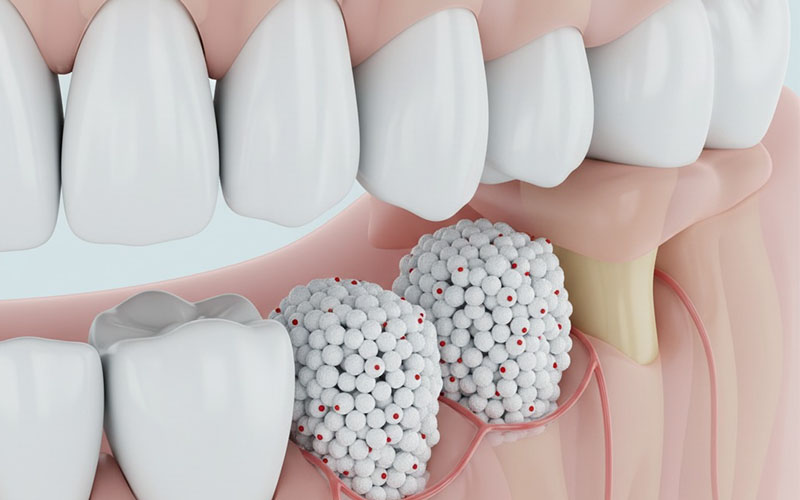
2.4 Fixing Injuries, Accidents, or Infections
Accidents happen—sports hits, car wrecks, or really bad infections can eat away chunks of jawbone.
A bone graft in these cases:
- Keeps your face shape looking normal
- Holds onto teeth, implants, or dentures
- Sets up your mouth for other repairs later on
2.5 Making Dentures and Bridges Fit Better
Regular dentures and bridges sit on top of the jaw ridge, so if the bone shrinks or is bumpy, you might get:
- Sore spots
- Dentures that slip or don’t fit well
- More bone loss as dentures press down
A bone graft helps smooth out and beef up your jaw, so your new teeth fit and feel better.
2.6 Sinus Lift for Upper Jaw Implants
The upper back part of your jaw often doesn’t have much bone, because the sinus is right above it. When you want implants there, dentists might do a sinus lift—they gently push the sinus up and add new bone.
This gives your implant the solid support it needs, even in tricky spots.
2.7 Ridge Augmentation: Making Thin Jawbone Taller or Wider
If you’ve lost a lot of teeth or were born with a thin jaw, your dentist might suggest ridge augmentation.
This means:
- Making thin jawbone taller or thicker
- Giving a good base for implants, dentures, or bridges
Your dentist will check if this bigger kind of grafting makes sense for you.
3. What Causes Jawbone Loss? (And Why You Shouldn’t Ignore It)
Let’s be honest—most people don’t give their jawbone much thought until there’s a problem. But bone in your mouth is alive. Like your muscles, it needs to be used or it goes away.
Here’s what makes jawbone shrink:
3.1 Missing Teeth: “Use It or Lose It”
When you chew, each tooth root “tells” the jawbone it’s needed. Take a tooth out, and you lose that message—the bone starts to disappear, because your body thinks it isn’t needed anymore. (It’s like a playground nobody uses. It just falls apart after a while.)
End result? That spot in your jaw could shrink by a quarter or more in a year.
3.2 Gum Disease: Chronic Swelling Eats Bone
Gum disease is like termites quietly tearing down your house. If you catch it early, you can fix it. If not, it can make deep holes and cause swelling that breaks down the jawbone around your teeth.
Almost half of adults over 30 in the U.S. have some periodontitis. It’s a main reason for losing both teeth and bone.
3.3 Accidents, Injuries, or Infection: Damage All at Once
An accident, break, or major infection (like an abscess) can kill jawbone in one area. Think of it as a pothole that needs fixing.
3.4 Birth Problems or Genetic Issues
Some people are born missing parts of their jawbone because of genes or things like a cleft palate. Grafts can fix shape and function for these folks.
3.5 Medical Conditions (Osteoporosis, Diabetes) and Some Medicines
Diseases that affect bone everywhere (like osteoporosis or diabetes) can also mess with your jaw. Some medicines, especially those for cancer or bone thinning, can hurt mouth bones too.
Tell your dentist if you have these, or take those kinds of medicines. It could change your treatment plan.
4. What Happens If You Skip a Bone Graft You Really Need?
It might sound easy to just wait it out or skip surgery. But if you put off a bone graft when you need one, things usually get worse.
Here are the usual risks:
- No Implants: If you don’t have enough bone, you can’t get dental implants.
- Face Sinks In: Over time, lots of bone loss causes a sunken look around your mouth and cheeks. It’s not just about looks—your lips and cheeks have no support, so you look older and might even talk or eat differently.
- Loose Teeth: Teeth left behind can get wobbly, and you might lose more.
- Chewing and Speaking Get Harder: Weak bone makes biting, chewing, and talking tough.
- Dentures Won’t Stay Put: Dentures might slip no matter how well they’re made.
- Infection Risk: Thin bone or empty spots can lead to infections later.
Skipping a needed bone graft is like covering a hole in your roof with tape instead of fixing it. The problem doesn’t go away—it just gets bigger.
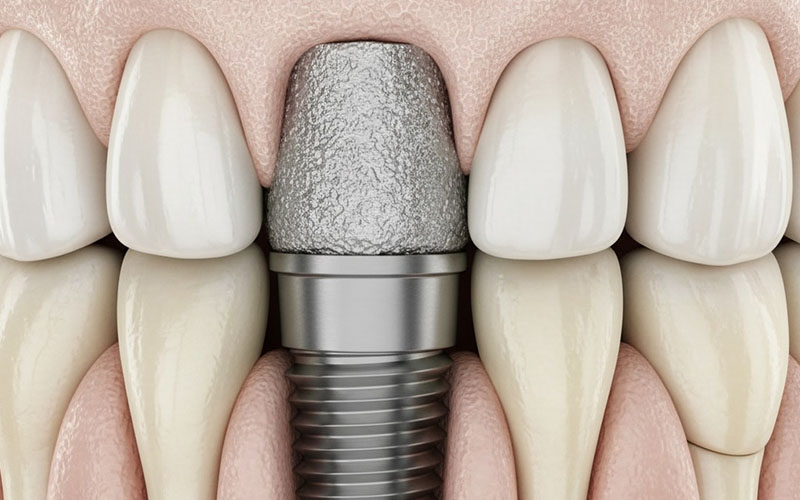
5. Types of Dental Bone Graft Materials (In Brief)
Not every bone graft is the same. Your dentist will help pick the right kind for you, based on your health, what you want, and your dental history. Here are the usual choices:
Autografts (Your Own Bone)
- How it works: They take bone from somewhere else on your body (like your chin, jaw, hip, or leg).
- Good: Your body knows this bone already, so it heals best.
- Not-so-good: You have another surgical site to heal.
Allografts (Donor Bone From People)
- How it works: Bone comes from someone else, cleaned and made safe.
- Good: No extra surgery for you. It’s common and safe.
- Not-so-good: It might “take” a little slower, but that’s rare.
Xenografts (Animal Bone, Usually Cow)
- How it works: Bone comes from animals—usually cows or pigs—then cleaned a lot for safety.
- Good: There’s plenty of it and it works well to help your bone grow in.
- Not-so-good: It may take longer to heal, and some folks don’t want animal products in their bodies.
Alloplasts (Man-Made Materials)
- How it works: These are made in labs, often with stuff like calcium or other minerals.
- Good: No animal or human products.
- Not-so-good: They might not help new bone grow as well as natural bone.
Your dentist will talk about what fits you best—and answer all your questions.
6. What to Expect: The Bone Grafting Process (Step by Step)
If you’ve never had oral surgery, the thought can be scary. Don’t stress—it’s usually a lot easier and less painful than you expect.
A typical visit goes like this:
1. Checkup and Diagnosis
- X-rays or a 3D scan help the dentist see your bone and plan how to fix it.
- You’ll talk about your health, medicine you take, allergies, and the treatment plan.
2. Getting Ready for Surgery
- You’ll get numbing medicine for your mouth (and maybe something to relax you).
- The dentist cleans the area to keep it safe from infection.
3. The Graft
- They make a small cut in the gum to get to your bone.
- The graft material goes in—sometimes held in place with a little cover or mesh.
- They close it up with stitches.
4. Healing Time
- Most people just feel a little sore—like after a tooth is pulled.
- You might be swollen or a little bruised for a few days. Pain medicine (Even over-the-counter types) works well.
- Your dentist gives you clear steps for eating, cleaning, and caring for the spot.
- You might get antibiotics to keep the area safe from infection.
- It usually takes about 3-9 months to heal, but small grafts heal faster and bigger ones take a bit longer.
As you heal, your own body turns most of the graft into new bone, leaving a strong base behind.
7. Is Dental Bone Grafting Right for You? Who Should Think About It?
There’s no one-size-fits-all answer. You might need bone grafting if you:
- Want dental implants but your X-rays show thin or damaged bone
- Lost teeth a long time ago and your dentist sees a shrunken jaw
- Have moderate or bad gum disease with bone loss around some teeth
- Got hurt and lost some jawbone in an accident
- Wear dentures or bridges that aren’t comfortable or stable
- Want to look like your old self and chew better after missing teeth for years
Who might NOT get it right away?
- People with out-of-control diabetes, immune problems, or bleeding issues might need extra care or might have to wait
- Heavy smokers or people with bad mouth hygiene have a bigger chance of infections and healing trouble
- If you’re on certain medicines or have very weak bones, your dentist will talk about possible problems
Good Questions to Ask Your Dentist
- Why do I need a bone graft?
- What kind of graft will you use, and why?
- How long will it take to heal?
- Will this change when I can get my implant or other work done?
- What are the risks? How often do problems happen?
- How do you make sure the surgery stays safe and pain is controlled?
- Can I see pictures or stories from other patients?
These help you go from being unsure to feeling confident about your choice.
8. Key Takeaways: Looking After Your Mouth’s Future
Let’s sum up the main points in bullets:
- Dental bone grafting is a common, well-proven procedure to fix weak or missing jawbone, often needed for implants or serious dental repairs.
- It keeps you from losing more bone, holds teeth steady, helps your face stay full, and protects your mouth health.
- You might need one if you lost teeth, have gum disease, got hurt, or your dentures never fit right—especially if you want implants to last.
- Skipping a needed graft can mean more lost teeth, a sunken face, and fewer options down the road.
- There are several safe material types, including your own bone, donor bone, animal bone, and fake bone.
- The surgery is usually pretty simple, with mild pain and a normal healing period.
- Seeing a dentist, gum specialist, or oral surgeon is the safest way to figure out your needs.
What To Do Next
If you’ve been told you might need a bone graft—or if missing teeth, gum trouble, or tricky dentures worry you about your future smile—don’t wait. Book a visit with a dental expert who can:
- Check your bone health with an X-ray or scan
- Walk you through your options, pros, and cons
- Answer your questions in plain language
Remember, fixing your jawbone isn’t just about your teeth—it helps your confidence, comfort, and quality of life for years.
For more info, check out:
Frequently Asked Questions About Dental Bone Grafting
Is dental bone grafting safe?
Yes! When done by a trained dentist, problems are rare and success for future implants is very high.
Does bone grafting hurt?
Most folks say it feels only a little sore, like a regular tooth pulled. Medicine and good care keep you comfortable while you heal.
How long before I get my implant?
Plan on three to nine months for full healing, depending on the size of your graft and how your body heals.
Will insurance pay for this?
Many dental plans cover bone grafts if it’s needed for implants or bad bone loss. Always ask your provider for the details.
Can bone loss be stopped?
Great brushing, regular checkups, not smoking, and acting fast after you lose a tooth are your best bet. If you have doubts, ask your dentist to check on your jawbone.
Your confident, healthy smile starts with a strong foundation. If you think bone grafting might be right for you, don’t wait—reach out today. You deserve clear answers and the best care to keep you smiling.




